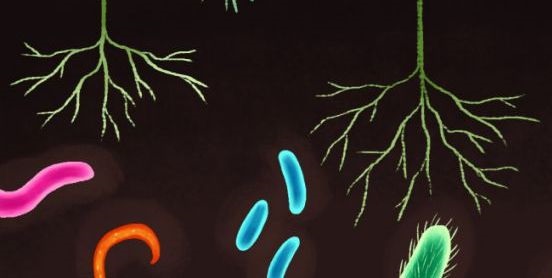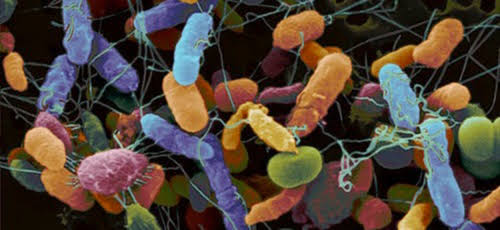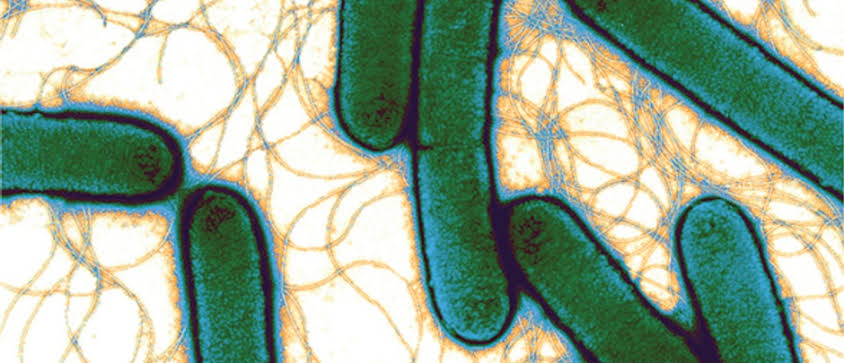The soil is that part of the earth crust or earth that supports plant life. […]
Tag: soil
MICROBIOLOGY OF THE SOIL
Soil is simply defined as the mixture of minerals, organic matter, gases, liquids, and the […]
SIGNIFICANCE OF BIODETERIORATION/BIODEGRADATION
Microorganisms are ubiquitous and they play several roles in the degradation of recalcitrant organic and […]
MICROBIAL DISEASES TRANSMISSIBLE THROUGH THE SOIL
Microorganisms are ubiquitous and are thus found everywhere including the soil. The soil no doubt […]





